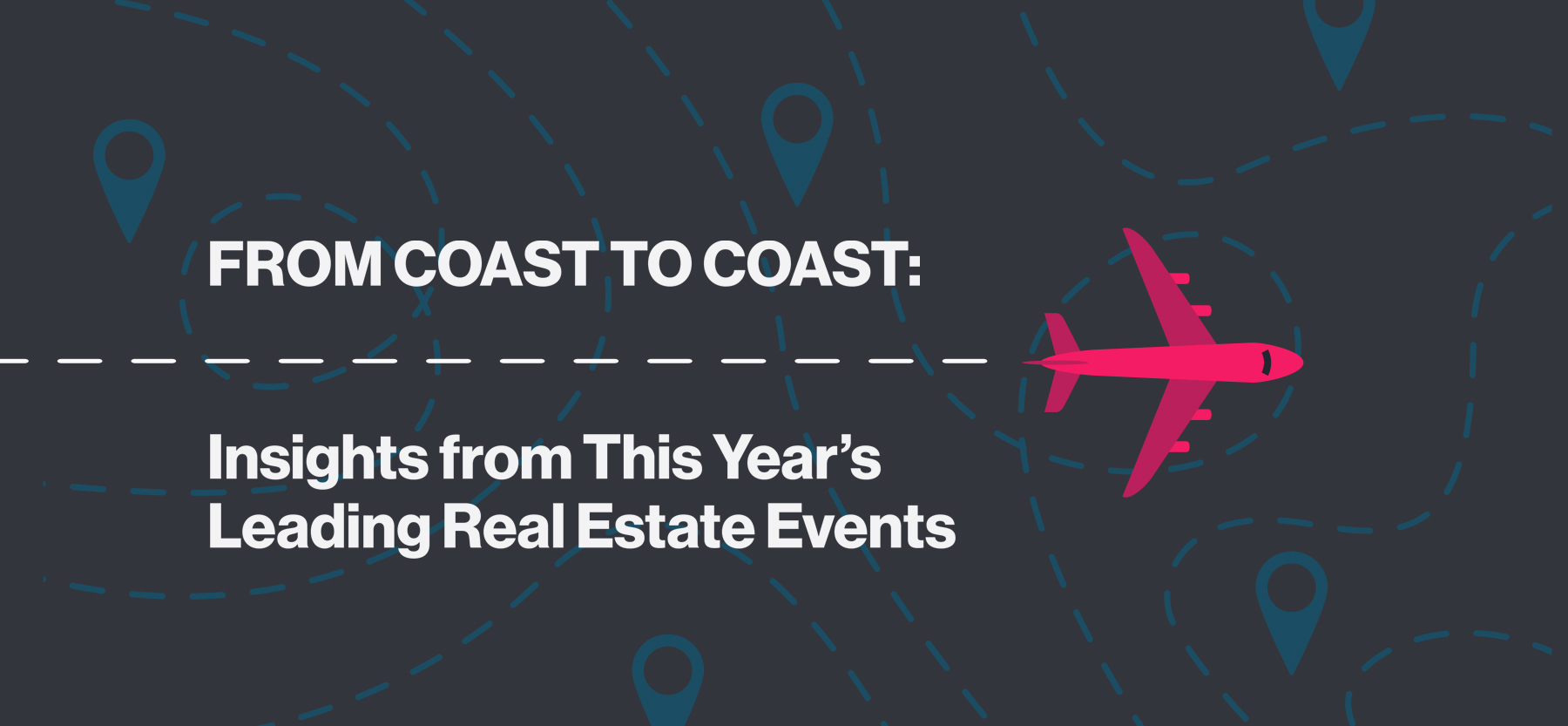March 24, 2021
Top 7 Real Estate KPIs That Drive Digital Marketing Campaigns
While many people say good marketing is both a science and an art, the science behind it is growing increasingly more important. The hard numbers behind website conversions, engagement, and positive interactions are what really drive a successful digital marketing campaign for any real estate development. But knowing that a portion of your online visitors will convert to interested leads and eventual buyers isn't enough insight for long-term campaigns and high-value purchases.
Instead of just measuring performance at the end of your digital marketing campaign's timeline, it's important to measure the Key Performance Indicators (KPIs) along the way. As this LinkedIn analysis describes:
KPIs tell you what happens after each chapter, whereas ROI tells you what happened after the conclusion of the entire story. KPIs are a forward-looking predictor of end performance, whereas ROI is used as a backward-looking informer of future budget allocation decisions.
Ultimately, real estate KPIs tell you the deeper story of how individuals in your target market are interacting with your campaign while you can react and modify your efforts. They show deeper trends over time, the formulas that lead to success, and, just as importantly, the elements of your campaign that are underperforming or getting in the way.
In this guide, we'll break down the seven KPIs you should constantly be monitoring to ensure the health of your real estate digital marketing campaign.
1. Website Visits
This is the bread-and-butter KPI you need to evaluate the ongoing success of your campaign. It forms the base of more complex insights, such as the percentage of visitors that become subscribers or leads, leave immediately, or navigate to specific pages. If you have a high number of visitors but a low number of conversions, that tells you to take a deeper look at your messaging or even errors in your site's construction.
As a direct metric, the number of website visits is an excellent trendline of the visibility of your brand. The higher your traffic, the more consumers are seeing your homes or development. If you're receiving little to no traffic (whether for specific pages or your site as a whole), that tells you where to focus your attention.
What to Look For:
- Low total traffic: This means you need to bolster your online presence.
- A high number of website visits but low engagement: This means visitors are being directed to your site, but they're not receiving what they need to keep going.
2. Search Traffic
Search traffic is any traffic you receive from organic searches. For example, say that an individual searched for 'housing development in Denver,' your website showed up at the top of their search results, and they clicked on the link. To receive this organic traffic, your site needs to have good Search Engine Optimization (SEO): clear keywords, great content, and an easy-to-navigate site are the foundations of SEO.
Organic search traffic is a strong element in digital marketing because it gives your site natural momentum so you don't have to rely on paid leads.
What to Look For:
- Traffic from search engines: Your backend analytics tool can tell you where traffic is coming from, such as Google, backlinks from other sites, and paid ads. If you have high search traffic, that's a sign you have good SEO practices. Low search traffic means it's time to focus on building up your site's content around your most important keywords.
- Traffic based on keywords: You can further analyze search traffic based on search terms. If one of your most important keywords is underdelivering on traffic, you can create more content around the keyword.
3. Online Leads
Contact form submissions where interested visitors can request information are critical. Not only is this a great way to start building leads, it indicates what portion of your traffic is interested in your project.
What to Look For:
- A low total number of form submissions: This indicates that interest is low or your target market isn't reaching your forms.
- A low number of form submissions compared to your number of visitors: Check for inconsistent messaging, more opportunities to add forms and CTAs to your website, and anything that might be driving visitors away.
4. Calls
Calls are an even more active form of engagement than form submissions and they also give you information about leads so you can start converting them to customers. Calls generally indicate interest, so make sure your phone number is clear on multiple pages.
What to Look For:
- High numbers of calls about setting appointments: This indicates that your leads are interested and your funnel is operating correctly
- Calls about basic information or repetitive questions: This indicates your website is incomplete. Adding answers to common questions creates more efficiency and more accurate analytics.
5. Bounce Rate
A "bounce" occurs when a visitor lands on a page on your site and does nothing or leaves immediately. Your bounce rate measures how many times this happens, either as a standalone number or as a proportion of your total web traffic. A low bounce rate indicates that your visitors are getting the answers they need and engaging with your site. But a high bounce rate means your site doesn't have the answers the visitor is looking for.
What to Look For:
- A high bounce rate: This indicates that (i) you have broken links or formatting on the page; (ii) that there is nothing to navigate to after visitors reach a given page; or (iii) the visitor was just looking for specific information that your content may not have satisfied.
6. Average Session Length
The session length is the length of time a visitor spends on your website before leaving it. Generally, the higher the session length, the more interested the visitor is in your homes, communities, or services. They consider the content engaging.
What to Look For:
- Low session length: This indicates a low engagement level, but it can be caused by multiple different factors, including:
- Content without strong internal linking
- Visitors looking for specific information
- Visitors not receiving the answers they need to stay engaged.
Investigate deeper to find the underlying cause of a low session length.
7. Exit Pages
Every visitor will exit their session on your website at some point. But you gain a lot of insight by knowing where they leave.
What to Look For:
- Exit location: If they exit after a landing page or its designated 'thank you' page, that's a good indication. But if visitors are leaving from the home page, from a blog post, or from the first page they visit, this is a sign that you need to add more engaging content or more opportunities for conversion.
Partner With Milesbrand to Drive Your Real Estate Digital Marketing Campaign to New Heights
Measuring a real estate digital marketing campaign's success doesn't have to be complicated, but it does have to be precise. By focusing on these seven KPIs, your team can determine the trajectory of your marketing campaign, how to optimize it to meet your goals, and ensure you're getting the right ROI for your efforts. Partner with Milesbrand for more masterful insights into your digital marketing campaigns and real estate development projects.













